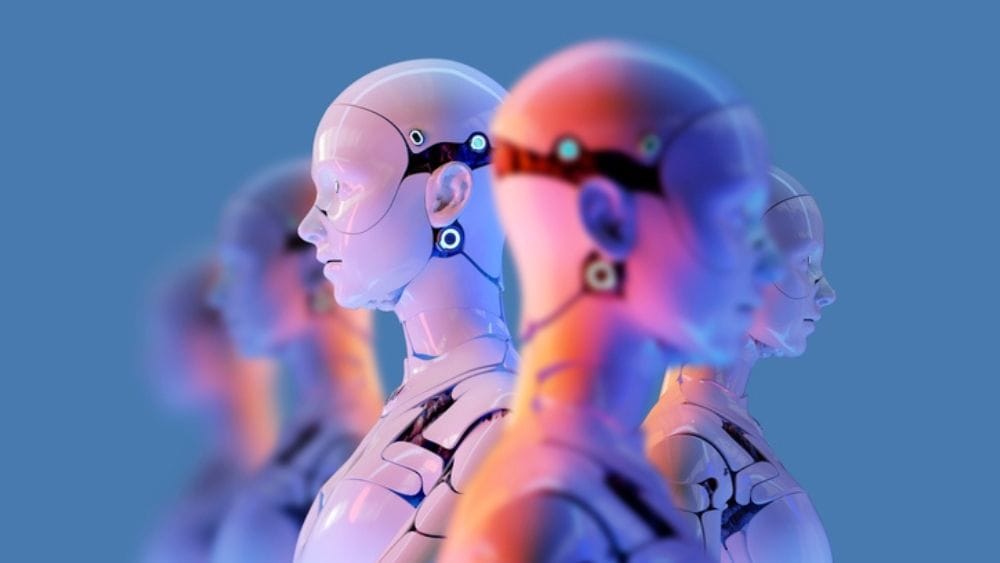
Overcoming Challenges in Chatbot Development
Chatbots have emerged as revolutionary tools in various sectors, promising seamless interactions and automated assistance. However, developing a successful chatbot comes with its own set of hurdles. Let’s explore some common challenges and how to overcome them:

xr:d:DAFfVlvzBrQ:2,j:2263201242,t:23040614
1. Understanding Natural Language Nuances
One of the biggest challenges lies in enabling chatbots to understand the complexities of human language. Natural Language Processing (NLP), while significantly advanced, still faces difficulties in comprehending:
- Diverse Languages and Dialects: NLP models might struggle with languages other than English and their regional variations.
- Colloquialisms and Slang: Everyday language often includes informal expressions that can confuse chatbots.
- Sarcasm and Humor: Detecting subtle cues like sarcasm or humor remains a significant challenge for AI.
Solutions:
- Train on Diverse Datasets: Expose the chatbot’s NLP model to a wide range of language data, including different languages, dialects, and informal expressions.
- Contextual Understanding: Implement algorithms that consider the conversation history and user context to interpret meaning more accurately.
- Sentiment Analysis: Integrate sentiment analysis tools to help the chatbot recognize emotional cues and respond appropriately.
2. Ensuring Contextual Awareness
Humans effortlessly maintain context throughout a conversation, but chatbots often struggle with this. A lack of context awareness can lead to irrelevant responses and a frustrating user experience.
Solutions:
- Memory Management: Implement techniques to store and retrieve relevant information from previous interactions, allowing the chatbot to follow the conversation flow.
- User Profiling: Create user profiles to store preferences, past behavior, and other relevant data, enabling personalized and contextually relevant responses.
- Multi-Turn Dialogue Management: Design the chatbot to handle multi-turn conversations, remembering previous exchanges to provide coherent and context-aware responses.
3. Handling Complex Queries and Unpredictable Inputs
Chatbots often encounter unexpected questions or requests that deviate from their predefined scripts. Inability to handle such scenarios can lead to dead ends and user dissatisfaction.Solutions:
- Machine Learning for Dynamic Responses: Utilize machine learning algorithms to enable the chatbot to learn from new interactions and improve its responses over time.
- Fallback Options: Implement fallback mechanisms, such as directing users to human agents or providing relevant resources, when the chatbot cannot answer a query.
- Open-Domain vs. Closed-Domain Chatbots: Choose the right type of chatbot for your needs. Open-domain chatbots are designed for general conversations, while closed-domain chatbots excel in specific tasks or industries.
4. Maintaining User Engagement and Personalization
A successful chatbot should be engaging and provide a personalized experience to keep users interested. Generic responses and a lack of personalization can lead to disengagement.Solutions:
- Emotional Intelligence: Integrate emotional intelligence capabilities to allow the chatbot to recognize and respond to user emotions, creating a more empathetic interaction.
- Personalized Content: Leverage user data to tailor responses and recommendations based on individual preferences and past behavior.
- Interactive Elements: Incorporate interactive elements like images, videos, and buttons to make the conversation more engaging.
5. Ensuring Data Security and Privacy
As chatbots often handle sensitive user information, data security and privacy are paramount.Solutions:
- Secure Platforms and Protocols: Choose secure chatbot development platforms and communication protocols to protect user data.
- Data Encryption: Implement data encryption measures to safeguard sensitive information during storage and transmission.
- Compliance with Regulations: Adhere to relevant data privacy regulations, such as GDPR or CCPA, to ensure user privacy.
Conclusion
Developing a successful chatbot requires careful consideration of these challenges and the implementation of effective solutions. By addressing these hurdles, developers can create chatbots that provide seamless, engaging, and secure user experiences. As technology continues to evolve, we can expect even more innovative solutions to emerge, further enhancing the capabilities and sophistication of chatbots.

